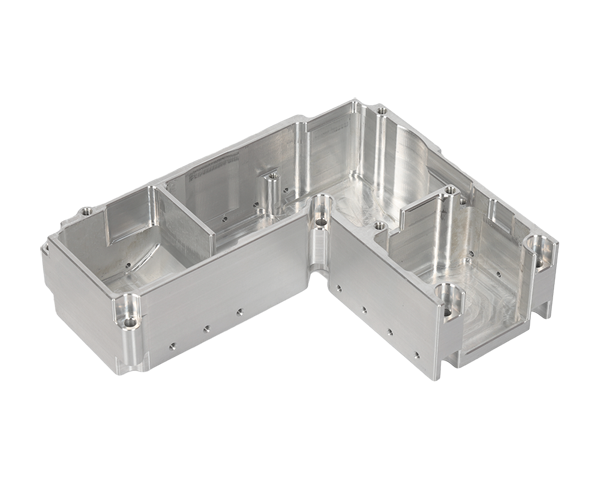2025-03-28 hits:0 source:News

Ultrasonic testing is a non - destructive evaluation technique widely used in the quality control of aluminum die - casting products. This method plays a crucial role in detecting internal defects such as porosity, cracks, and inclusions, which can significantly affect the mechanical properties and performance of the castings.
Principle of Ultrasonic Testing
The basic principle of ultrasonic testing for aluminum die - casting products lies in the propagation of high - frequency sound waves (usually in the range of 0.5 - 15 MHz) through the material. When an ultrasonic transducer emits these sound waves into the aluminum casting, they travel through the material. If there are any internal defects, the sound waves will be reflected, refracted, or scattered. The transducer then receives the reflected waves, and the resulting signals are analyzed. For example, in the case of a porosity defect, the ultrasonic waves will encounter a change in acoustic impedance at the interface between the solid aluminum and the air - filled pores. This causes a portion of the wave to be reflected back to the transducer, creating a characteristic signal on the display.
Testing Procedure
The testing procedure begins with the preparation of the aluminum die - casting surface. It needs to be clean and free of any dirt, oil, or coatings that could interfere with the ultrasonic wave transmission. A coupling agent, such as a special gel or oil, is applied to ensure good contact between the transducer and the casting surface. The transducer is then moved systematically over the surface of the casting. In a manual inspection, an operator carefully scans the entire surface, looking for any abnormal signals. In automated ultrasonic testing systems, robotic arms are often used to move the transducer precisely and consistently. These systems can be programmed to cover specific areas of the casting and detect even the smallest defects. The data collected from the ultrasonic testing is analyzed using software. The software can display the location, size, and type of defects based on the characteristics of the reflected ultrasonic waves.
Advantages and Limitations
One of the main advantages of ultrasonic testing for aluminum die - casting products is its high sensitivity. It can detect very small defects, sometimes as small as a fraction of a millimeter. This is crucial for ensuring the quality of critical components. Additionally, it can penetrate deep into the material, allowing for the detection of internal defects that may not be visible on the surface. However, ultrasonic testing also has some limitations. It requires skilled operators to interpret the signals accurately. The results can be affected by the shape and geometry of the casting, as complex shapes may cause wave reflections and refractions that are difficult to analyze. Moreover, it may not be able to detect some types of planar defects that are parallel to the direction of the ultrasonic wave propagation.
Read recommendations:
Applications of Aluminum Alloy Die - Casting in Toy Manufacturing
lf you have any questions or comments, you can leave us a message and we will reply to you as soon as possible
